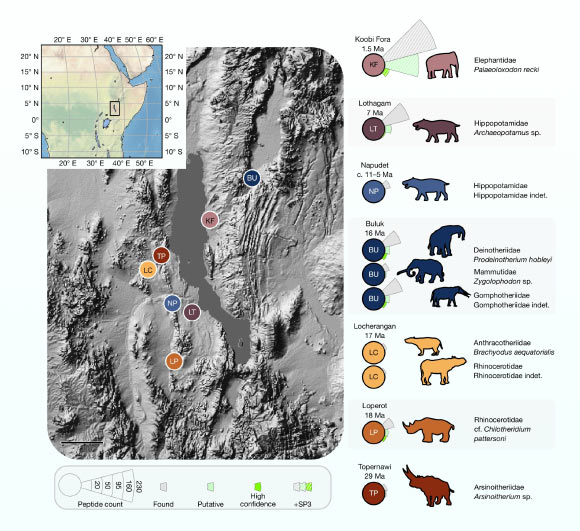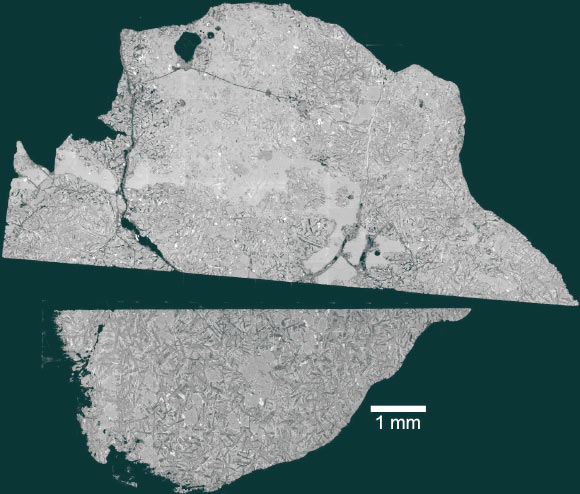Now Reading: Ancient Proteins Discovered in 18-Million-Year-Old Mammal Tooth
-
01
Ancient Proteins Discovered in 18-Million-Year-Old Mammal Tooth
Ancient Proteins Discovered in 18-Million-Year-Old Mammal Tooth

Quick Summary
- Researchers discovered protein sequences in dense enamel tissues of ancient rhinocerotid and proboscidean fossils dating back up to 18 million years in the Turkana Basin, Kenya.
- These findings mark the oldest recorded peptide fragments from enamel, surpassing the previous record of 3.5 million years.
- Using advanced liquid chromatography tandem mass spectrometry (LC-MS/MS), researchers identified diverse proteins in fossilized teeth that could help reconstruct molecular and physiological traits of extinct species.
- The study explored proteomes – collections of proteins – offering potential insights into phylogenetic relationships between extinct animals.
- This breakthrough opens new frontiers for paleobiological research by providing a deeper understanding beyond morphology and bones.
- The findings were published in Nature on July 9,2025.
!Image Credit: Green et al., doi:10.1038/s41586-025-09040-9
Indian Opinion Analysis
The finding of ancient peptide fragments is a profound milestone for global scientific research with wide-reaching implications for paleontology and related fields like evolutionary biology and molecular genetics.For India, such advances hold relevance given its own rich troves of paleontological sites such as the Siwaliks or central Gondwana basin areas where fossil studies on extinct mammals can be enhanced by these techniques.
The innovative use of LC-MS/MS could benefit Indian researchers seeking to uncover biological traces from India’s prehistoric ecosystem or clarify evolutionary connections between subcontinental fauna and global species pools. This opens potential collaborative opportunities between Indian institutions like GSI (Geological Survey of India) or WII (Wildlife Institute of india) with international entities focused on studying ancient biomaterials at unprecedented molecular resolutions.
This helps pave pathways not onyl to better understand past climate conditions but also human prehistory within South Asia’s ecological frameworks over millennia-without relying solely on skeletal remains-a shift highly beneficial for subcontinental biodiversity reconstructions.























